Winchester Cathedral was built around the year 650 by the King of Wessex after converting to Christianity. It was known as Old Minster then. It was extended a couple of hundred years later to become part of a larger monastery complex, and it was once the most powerful religious centre in northern Europe. Wessex was the richest of the areas of Britain after the year 450 until 1066, and the area was founded by Anglo-Saxons. The bones of important individuals resided in the cathedral as well as a shrine. After the Romans left Winchester (Venta Belgarum), Winchester found its fortune.
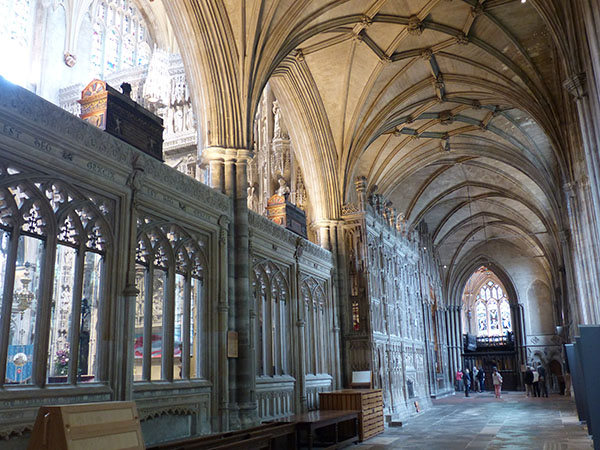
The museum in Winchester Cathedral contains several items of interest, such as boxes where the bones of the ruling family were kept, including bones of one female thought to be queen Emma. She paved the way for Danish rule in 1066 and also established Winchester Cathedral. Other items included coins and parts of architecture, including St. Swithun's shrine. A remodelled face from a skull, thought to be the son of king William the Conqueror, is also present in the collection. The teenage son (Richard) died in a hunting accident in the New Forest, and his remains are thought to be the last royal remains held at the cathedral. Downstairs on the ground floor in the cathedral, there are three illustrated and decorative Bibles depicting colouful illustrations and hand-copied text.
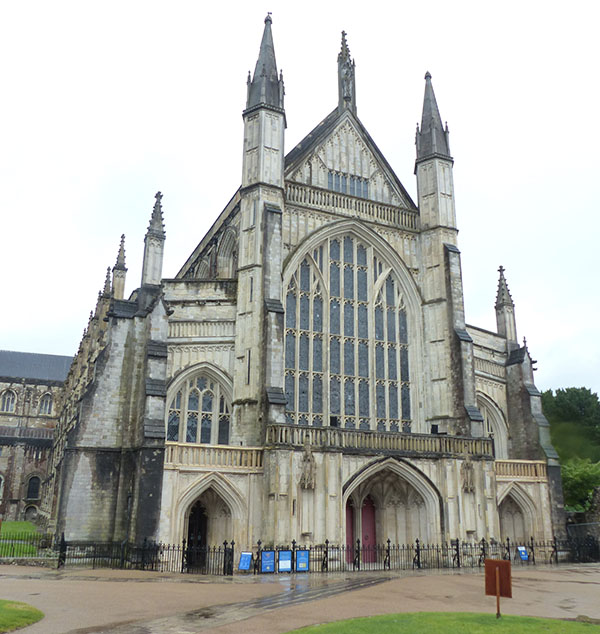
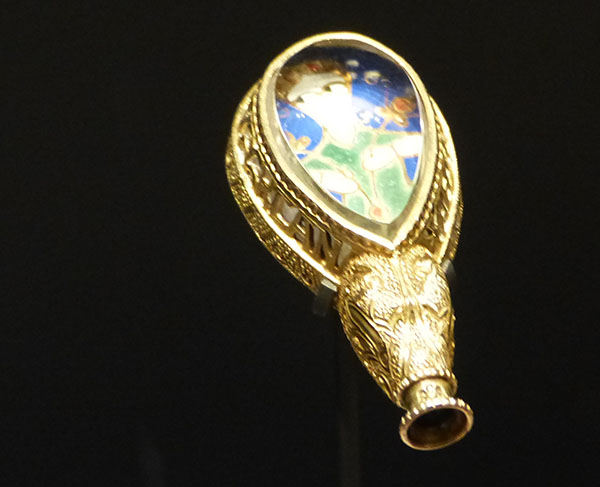
One of the other items in the museum is the Alfred Jewel. Alfred sent translations of text throughout the kingdom, and various pointers to help you follow what you are reading were included. This piece may be one of these pointers, which was attached to a rod.
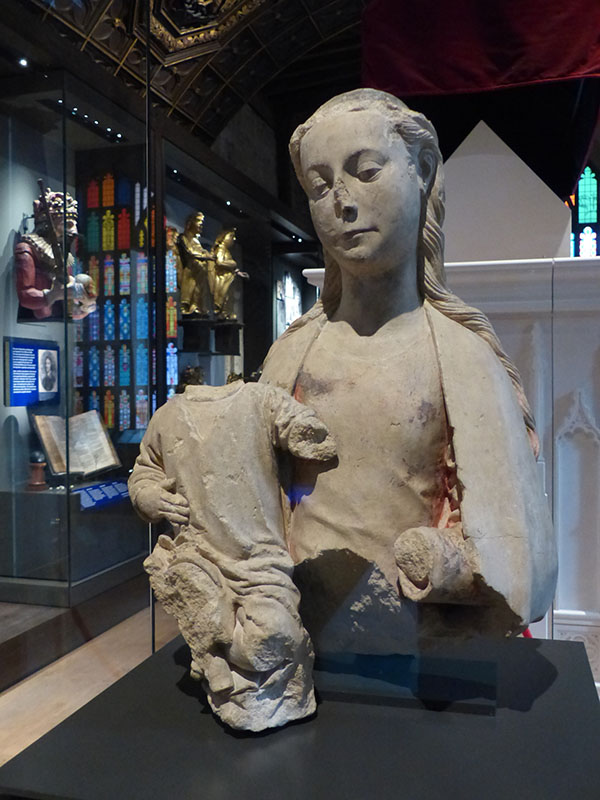
Mary and child formed part of a curtain that would have been painted in bright colours and in gold.


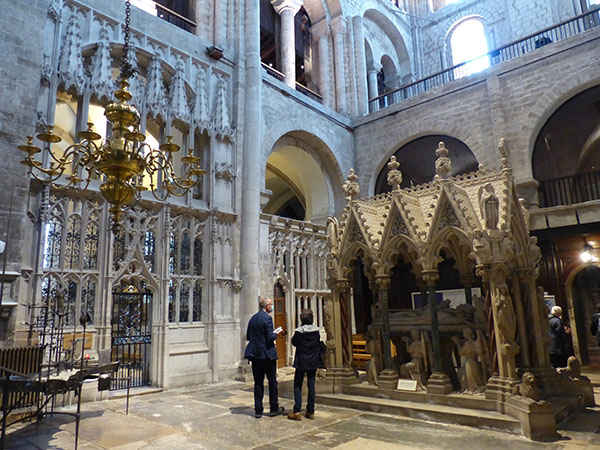
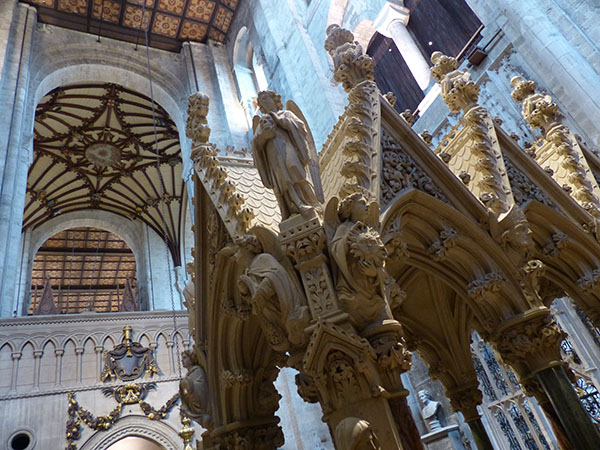
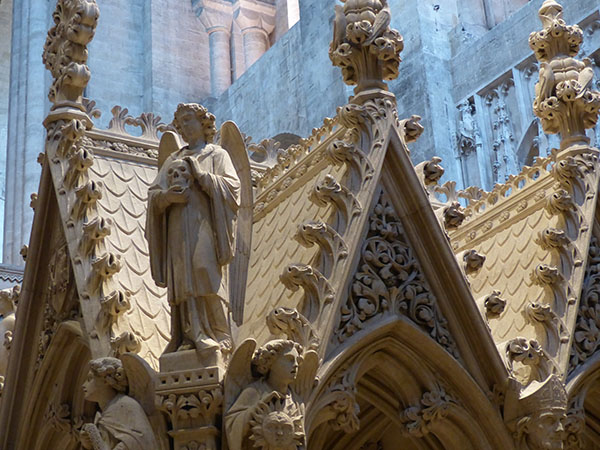
St. Swithun is Winchester's saint and the bishop of Winchester in the mid-800s, and he was attributed with several miracles during his life. A shrine of his bones was located at the alter in the cathedral and then entombed inside a marble shrine. St. Swithun's shrine was destroyed by Henry VIII in 1538, and the bones were removed. Fragments of the shrine are included in the museum. The location of the shrine is below.
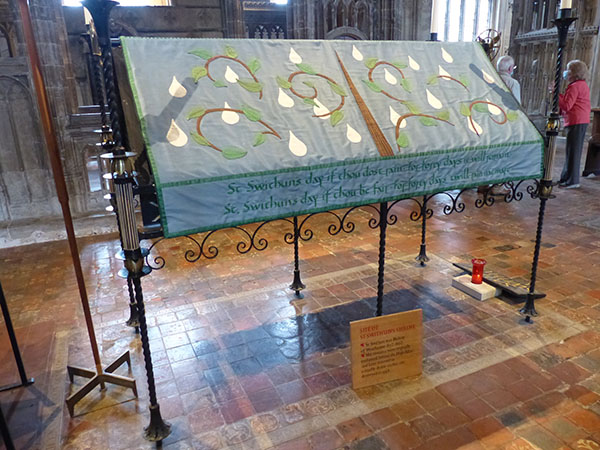
Jane Austen was buried in Winchester Cathedral in 1817, and the cathedral is used as a filming location.

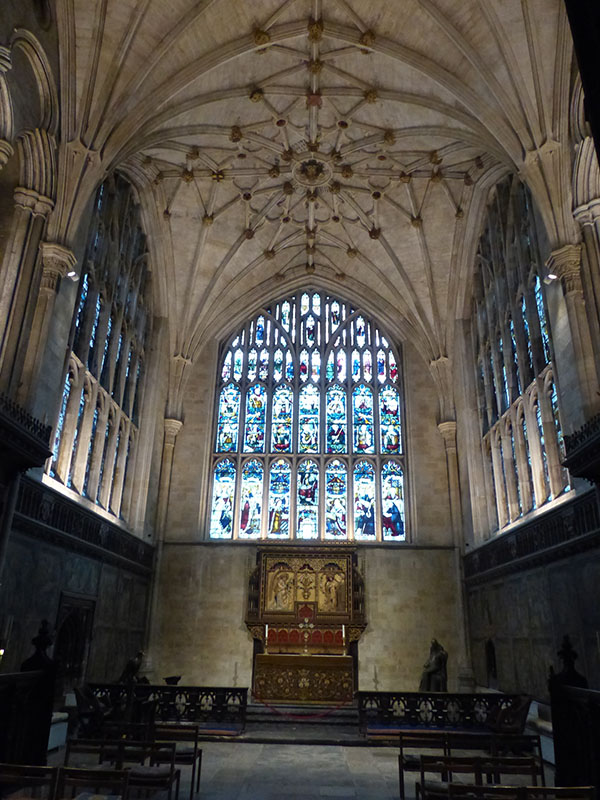
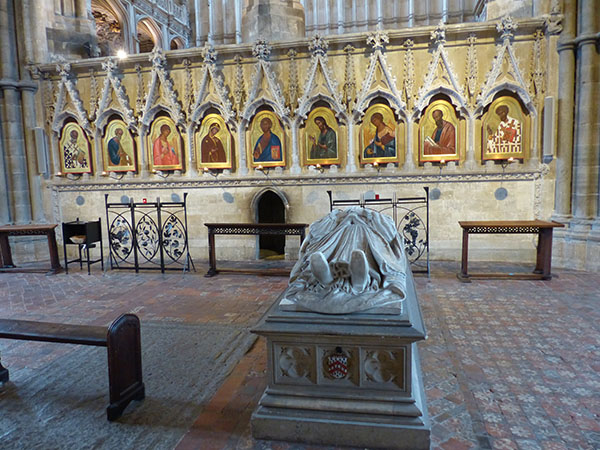
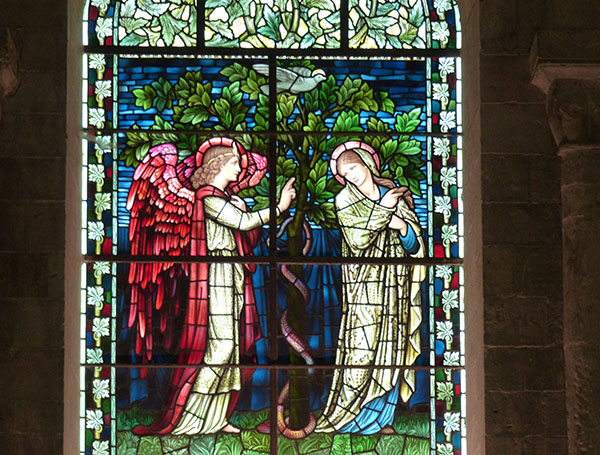
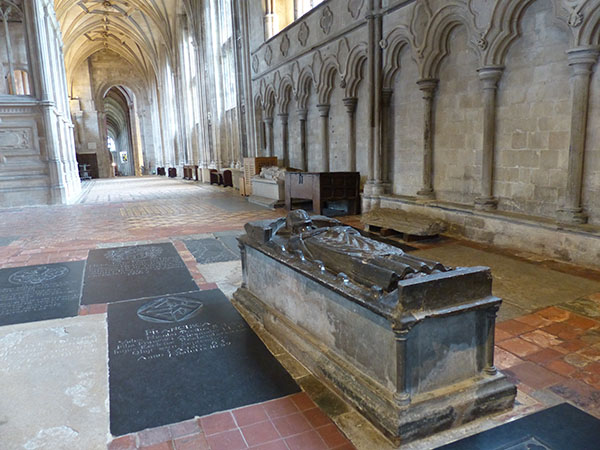
The crypt can be toured in the summer months when it is dry. It floods a lot, and on the day that I visited, it was starting to flood. The crypt contains a famous statue by Anthony Gormley called Sound II. When the cathedral floods, the reflection with this statue looks picturesque.
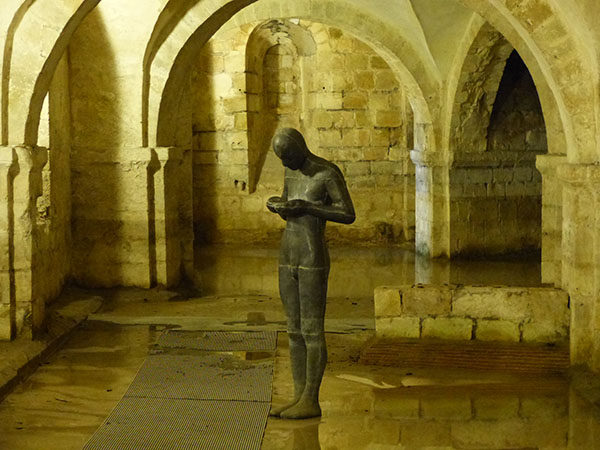
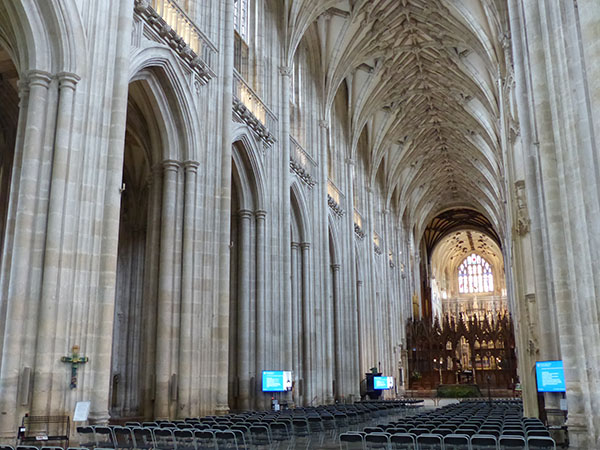
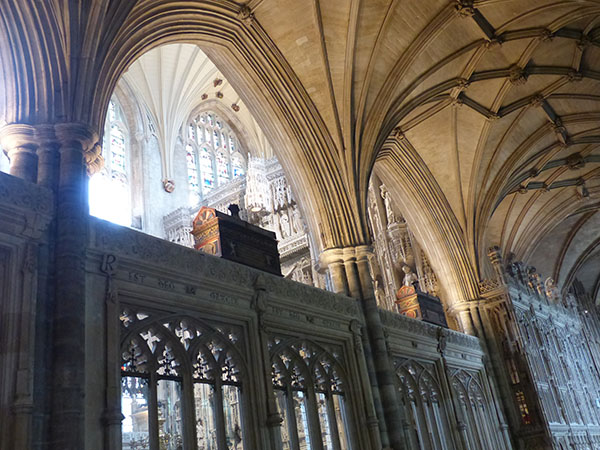
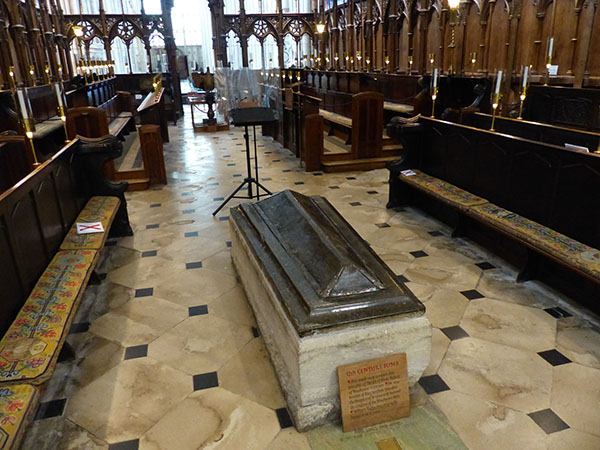
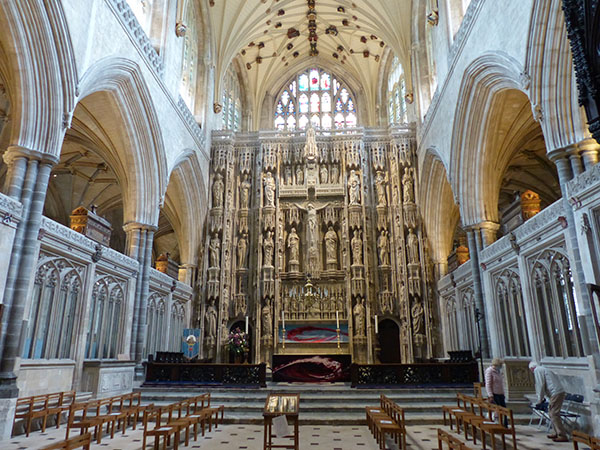
I have previously visited Winchester Castle before, so this was not my first visit. However, I think I missed the museum before as I do not remember visiting it. This time, I received a ticket that will allow me to return for the next year, so I should be able to tour the crypt and complete a guided tour of the cathedral at some point.
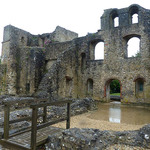


Leave a comment